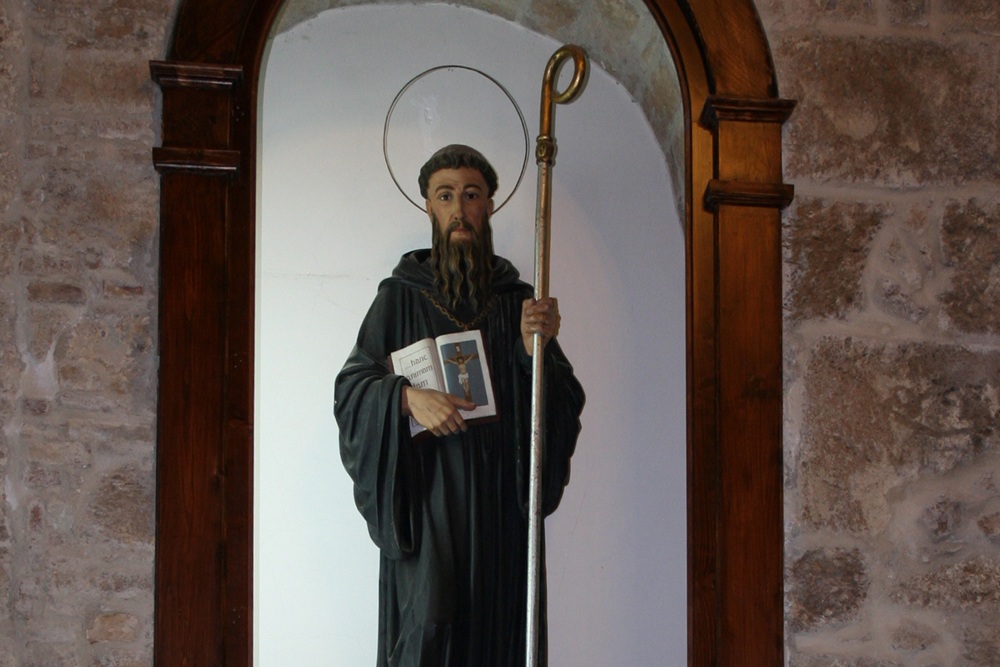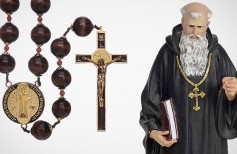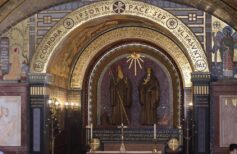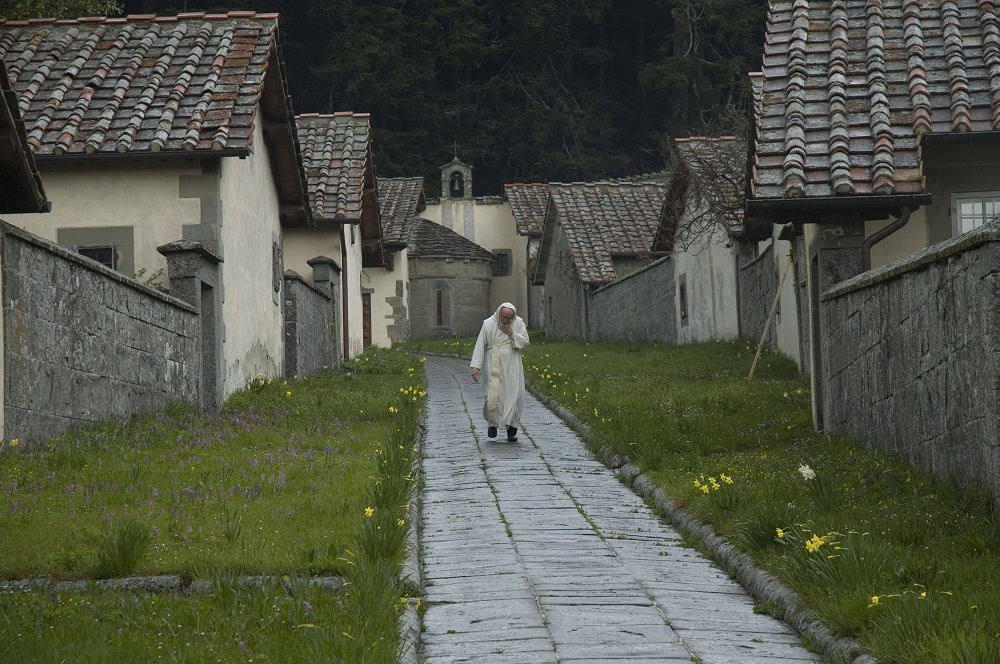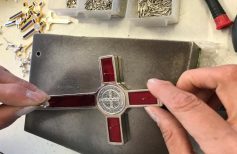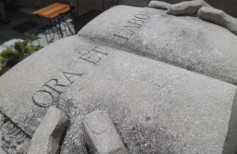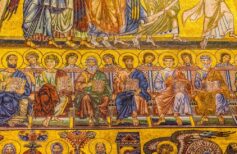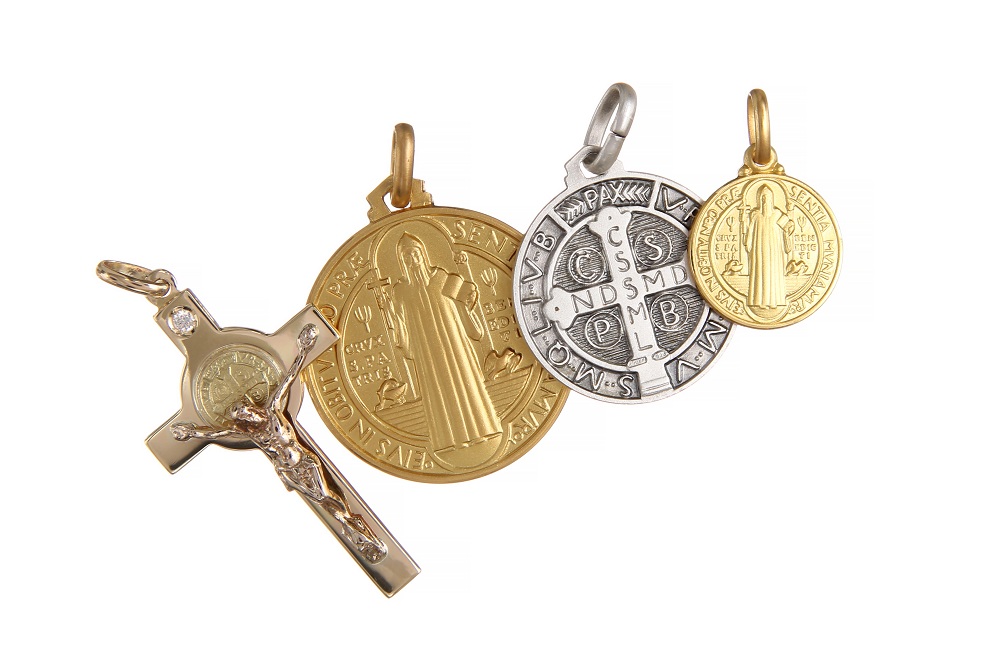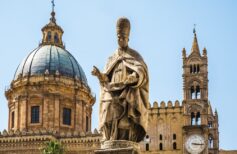Saint Benedict of Norcia, patron of Europe, protector of monks, speleologists, architects and engineers, was an abbot born in Norcia in Umbria. After completing his studies in Rome, he retired to live as an anchorite first in Subiaco, then in Cassino. There, surrounded by numerous converts, he founded a monastery and defined his rules based on prayer and work (‘Ora et labora’), and became probably the world’s most well-known monk.
St. Benedict preached the alternation of prayer, reading the Word of God, with intense work, in an environment of love and mutual service between the brothers and to all the faithful.
A concrete man, St. Benedict wanted to leave a lifestyle aimed at perfection and spiritual elevation, but not limited to transcendence. How God intervenes in the concrete situations of human life, of every man, so man himself must never forget his presence, glorifying Him with prayer but also with everyday actions, with work, and charity. Action and contemplation, therefore, is not only for monks, but also for anyone who wants to approach God and live in his light, in his way, following in the footsteps of Jesus Christ, embracing labour and daily commitments with humility and joy.
The statues of St. Benedict are devotional objects dear to the faithful of the whole Catholic world. In them, the Saint is depicted with his order in his hand, in the form of a book or sheets.
In some cases, in St. Benedict statues other symbolic elements appear related to the life and experience of the Holy, such as the chalice or the crow. In both cases, St. Benedict statues refer to two episodes in which the monk risked being poisoned by his enemies, but God saved him, preserving him.
There are St. Benedict statues of all sizes, made of different materials, from wood to resin. In any case, St. Benedict statues provide a constant life and prayer reference valuable for anyone who wants to embrace his model and his choice.

